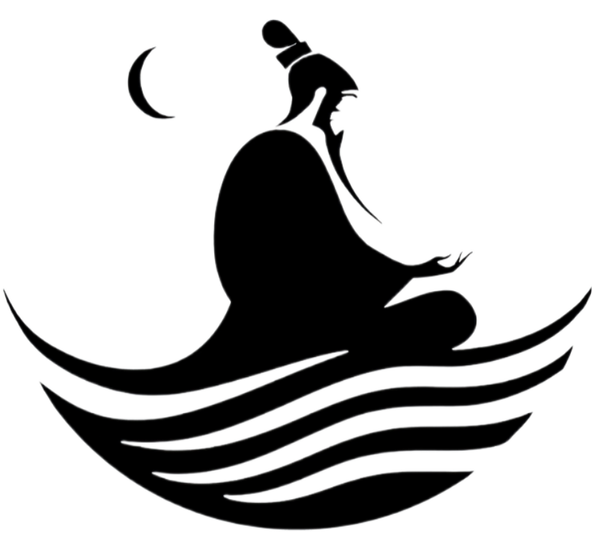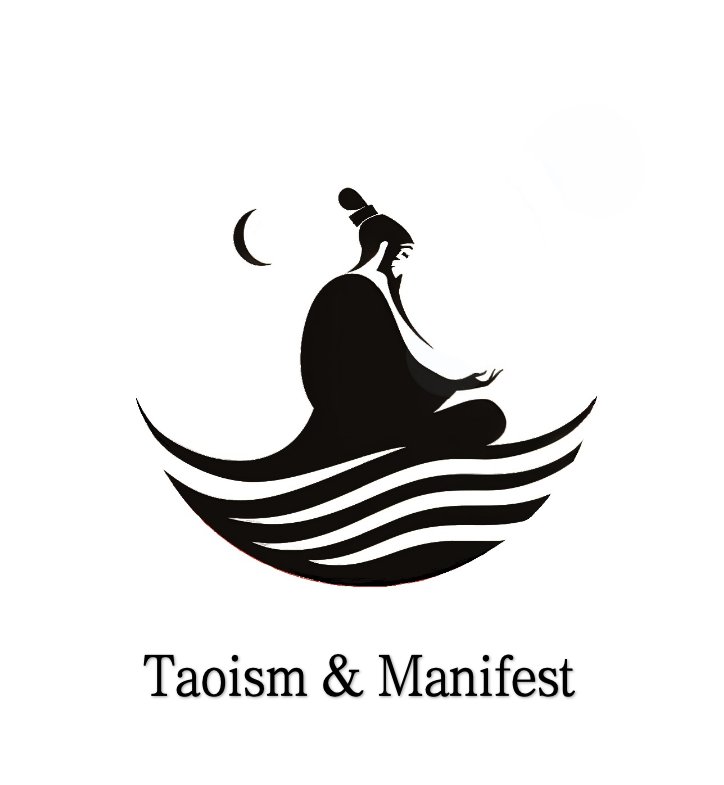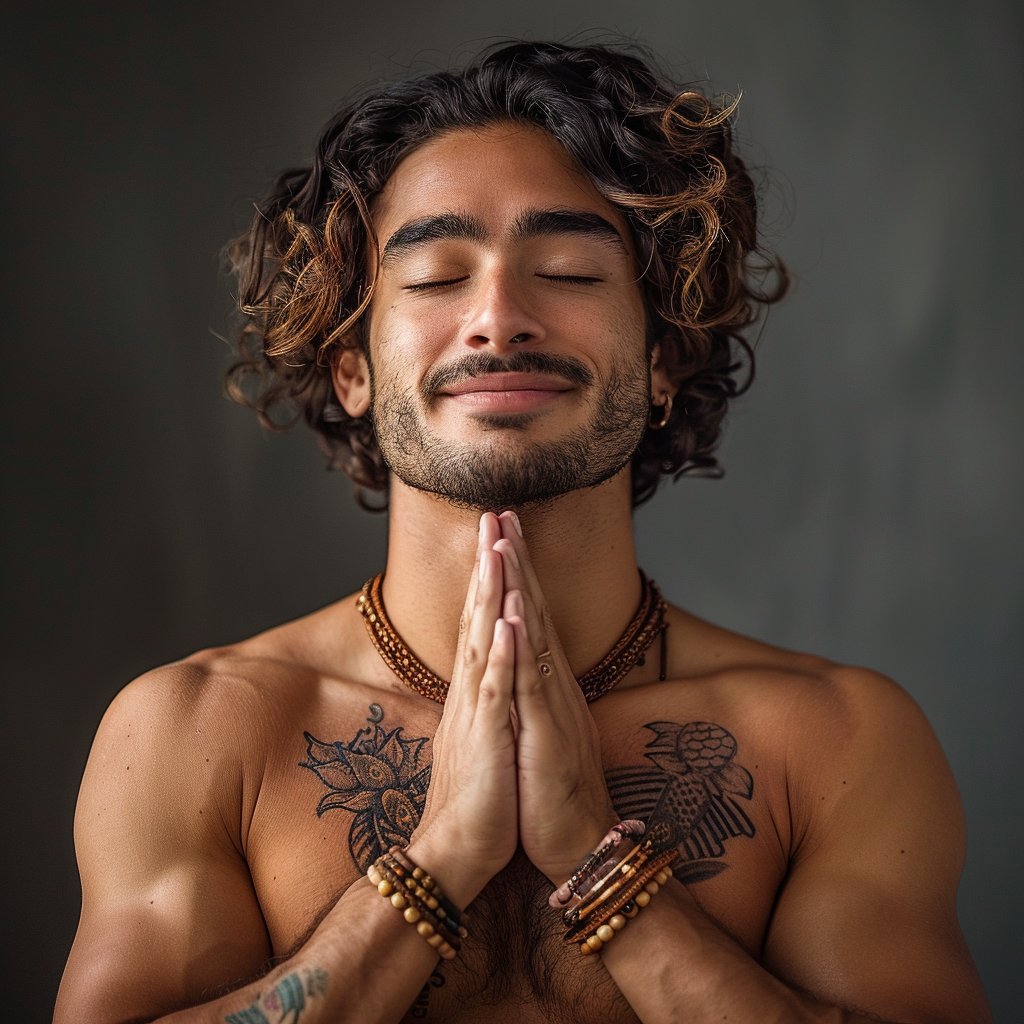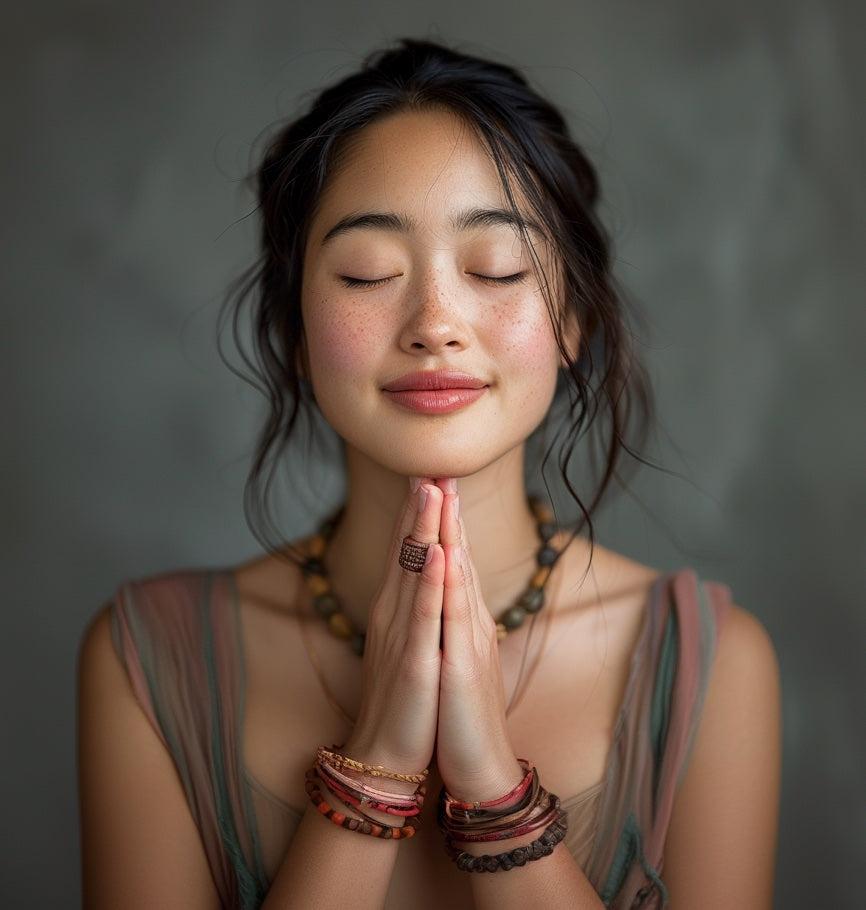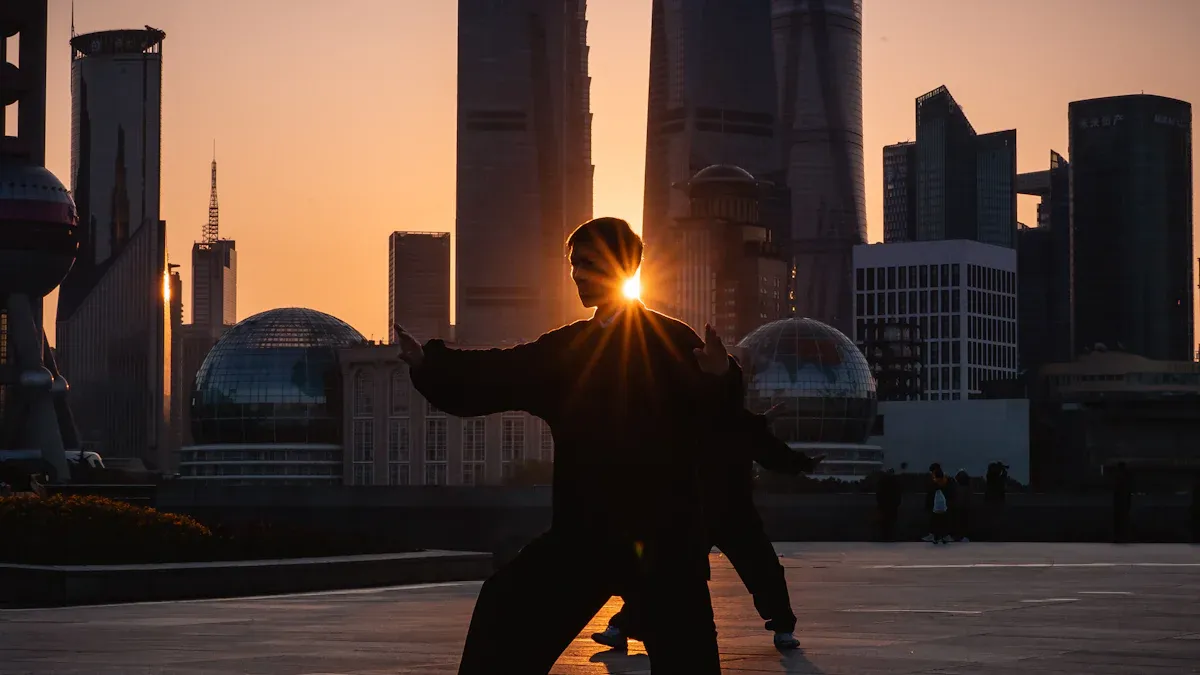
Tai chi stands as a Taoist martial art deeply rooted in Taoism, far more than just a gentle exercise for health or wellness. While many people view tai chi primarily as a path to well-being, its origins are firmly grounded in Taoism, drawing from core Taoist concepts such as yin and yang, Qi, and the teachings of the Tao Te Ching. Tai chi, also known as taijiquan, evolved from martial art traditions and continues to embody the Taoist philosophy by blending martial arts, health, and spiritual practice in every movement. Today, tai chi offers a journey that connects movement, well-being, and spiritual growth, all within the framework of Taoism. People of all ages now practice tai chi for wellness, martial art skills, and to achieve balance in daily life, embracing the holistic approach of Taoism.
Key Takeaways
Tai Chi is a Taoist martial art. It mixes movement, health, and spiritual growth. It is based on Taoist ideas like yin and yang and qi.
The practice uses softness and giving way. It turns an opponent’s force into strength. This makes it good for self-defense. You do not need strong muscles to use it.
Tai Chi builds inner power with focused breathing, good posture, and slow moves. It helps people move smoothly and keep their balance.
Doing Tai Chi often makes your health better. It makes muscles stronger and helps you balance. It lowers stress and helps you pay attention.
Tai Chi helps you grow spiritually. It connects your body, mind, and spirit. It helps people feel calm, balanced, and happy each day.
Taoism and Tai Chi Origins
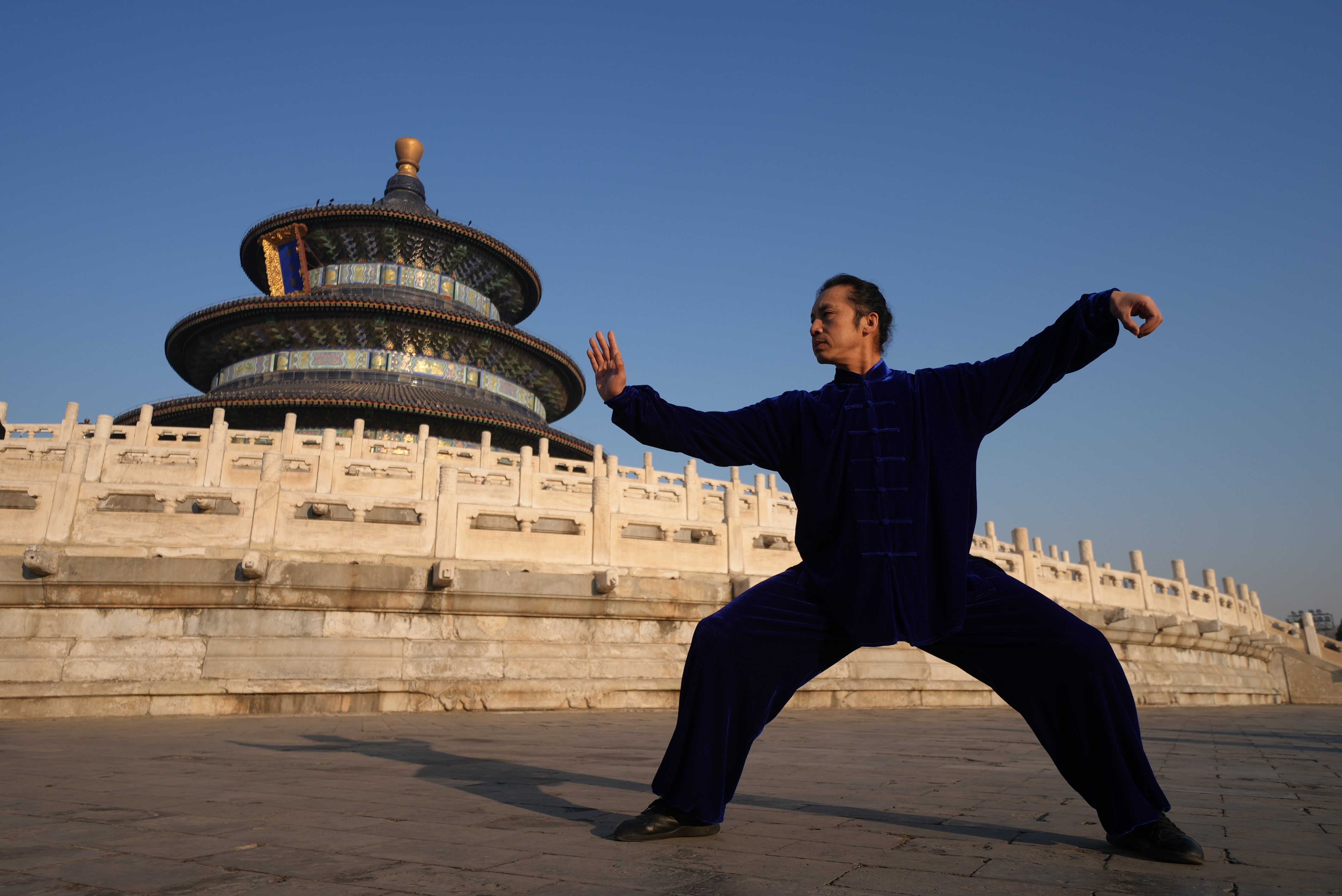
Wudang Tradition
Tai chi started in the Wudang Mountains, a special place for taoism. For many years, people went to Wudang to learn taoist ideas, meditate, and practice martial art. (It is based on Taoist ideas like yin and yang and qi, which you can explore further in our article “What Taoism Teaches About Going With the Flow”.)During the Yongzheng period, records talk about Zhang Songxi, a Wudang alchemist. He helped mix boxing moves with taoist inner alchemy. The link between the Zhang family and Wudang Taoist schools shows tai chi’s roots in taoism and martial art.
Stories say Zhang Sanfeng, a taoist monk, lived in Wudang. He is said to have created tai chi after watching a snake and a magpie fight gently. This story shows why softness, giving way, and inner strength are important in tai chi. These things make tai chi different from other martial arts. Over time, Wudang became known for its internal martial art styles. These styles focus on harmony, balance, and joining body and spirit. The Wudang tradition made tai chi a practice that values inner power and taoist ideas of harmony.
Yin-Yang Balance
Yin and Yang are key to taoism and tai chi. They are two opposite forces that work together, like night and day or soft and hard. In taoism, yin and yang are not fighting. They work together to make balance and peace in the world. Tai chi uses this idea in every move. When someone uses force, the practitioner answers with softness. When there is hardness, they give way and move smoothly.
Grandmasters say Yin and Yang theory is the base of tai chi. Every move in tai chi shows this balance. Movements go up and down, open and close, always looking for harmony. The practice starts with stillness, called wuji, where mind and body are calm and balanced. From stillness, movement comes easily, and after moving, the body goes back to stillness. This back-and-forth shows the taoist idea that opposites can join and change into each other. Doing tai chi helps people find balance not just in martial art but also in life.
Qi and Wu Wei
Qi is a main idea in both taoism and tai chi. In taoism, qi is the life energy in all living things. Tai chi practice helps grow and balance qi with slow, careful moves, breathing, and focus. When body, breath, and mind work together, qi moves well, bringing balance and strength. This energy helps with martial art skills and health.
Wu Wei is another big taoist idea in tai chi. It means "effortless action." People learn to move without pushing or fighting. They act naturally and calmly, letting each move come from balance and ease. In tai chi, this means answering an opponent’s force by giving way, turning it, or stopping it, not by fighting back hard. Wu wei teaches that real power comes from working with the flow of energy, not from using force. By doing tai chi, people feel the taoist ideas of balance, harmony, and easy action every time they practice.
Martial Principles in Tai Chi
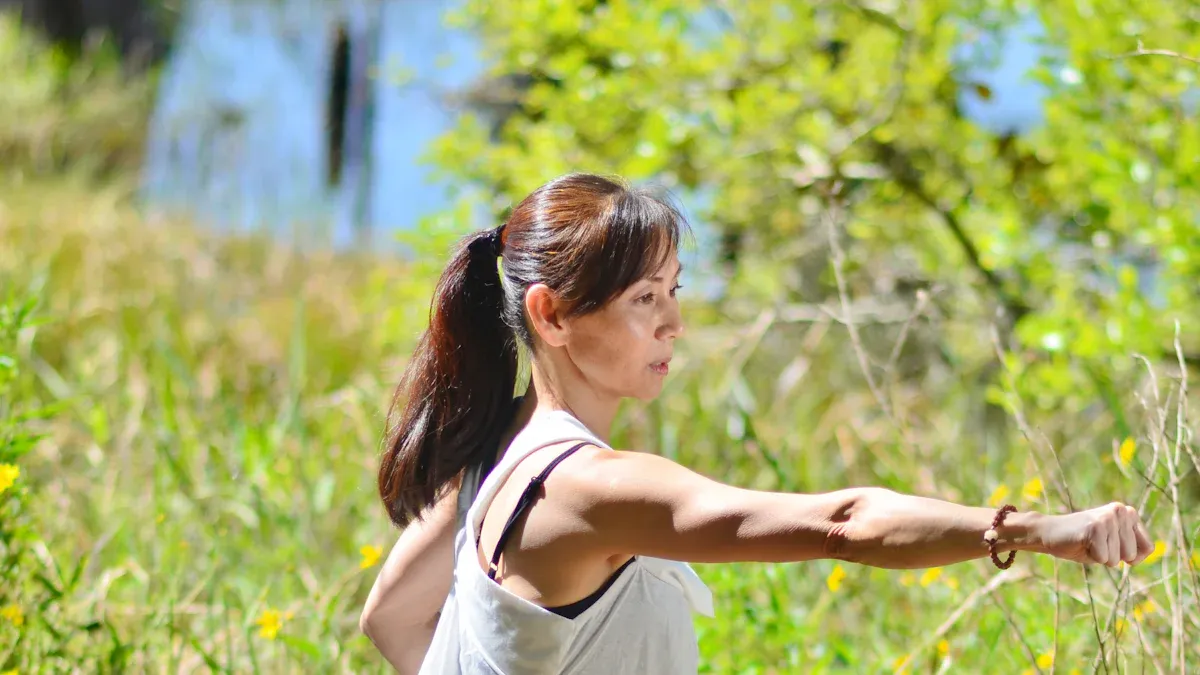
Softness and Yielding
Tai chi is different because it uses softness and yielding. Most martial arts use speed or strength. Tai chi teaches students to relax and move with the opponent’s energy. This idea comes from Taoist beliefs about harmony and balance. When someone pushes, the tai chi student does not push back. They give way, take in the force, and send it away. (This makes it good for self-defense, a concept elaborated in our article on "Mastering Life’s Challenges with the Taoist Art of Yielding")This helps even smaller people protect themselves from bigger attackers.
Softness in tai chi is not being weak. It means staying loose and able to move. Yielding means knowing when to step aside. These ideas come from nature, like water moving around rocks. Tai chi uses slow, smooth moves to help the body and mind stay calm. Students learn to feel force and answer with gentle, round motions. This makes tai chi special because it turns the other person’s strength against them.
Self-Defense Skills
Tai chi teaches real self-defense skills using control, balance, and timing. Students practice forms and partner drills like push hands. These help them feel and answer the other person’s moves. Tai chi self-defense does not use hard punches or kicks. It uses ways to unbalance, turn, or stop an attacker.
Some tai chi moves for self-defense are “Ward Off,” “Brush Knee,” and “Roll Back.” These use the attacker’s force against them. For example, if someone pushes, the student steps aside and guides the force away. This gives a chance for a counter-move. Tai chi also teaches how to find the attacker’s center and break their balance. The goal is to stay steady and calm while making the attacker lose control.
Tai chi self-defense works for many people. Older adults or those who are not strong can use these skills. The practice has falling drills and gentle takedowns. These help students stay safe and sure of themselves in real life. Tai chi as a martial art cares more about safety and control than being aggressive.
Internal Power
Internal power, or nei jin, is a special strength from tai chi. This power does not come from big muscles or fast moves. It grows from inside the body. Students build internal power by keeping the body lined up, focusing the mind, and breathing smoothly. The energy, called Qi, moves through the body and helps every move.
Tai chi practice has standing meditation, slow forms, and breath work. These help connect the mind and body. Over time, students feel more balanced and strong without using force. Internal power lets a person make force from the center of the body. This makes moves smooth, strong, and hard to stop.
Many tai chi masters say internal power is the most important part. It helps people move easily, stay steady, and react fast. Building internal power also helps health and happiness. It brings the body, mind, and breath together in a way that feels good.
Health and Tai Chi Practice
Mind-Body Connection
Tai chi helps the mind and body work together. The movements are slow and smooth. Deep breathing is part of every move. When you do tai chi, you must pay attention to your body and breath. This focus keeps you in the moment. Other exercises may only work the body. Tai chi uses movement, breathing, and focus all at once. Many people feel calm and centered after practicing. Each session helps you become more mindful. This makes it easier to deal with stress and problems. Tai chi is like yoga and qigong in some ways. But it is special because of its gentle, round movements. It also connects the mind, body, and spirit. This connection helps you feel healthy and well. (Tai Chi builds inner power with focused breathing, which is detailed in our article "How to Use Feng Shui Crystals in Every Room of Your Home", specifically the sections on breathing techniques and posture.)
Health Benefits from Martial Roots
Tai chi started as a martial art. But it helps health in many ways, not just for self-defense. The slow moves help you balance and stretch. Studies show tai chi makes muscles stronger in the arms and legs. It also helps you balance better and fall less, especially if you are older. Tai chi makes muscles and joints stronger. It helps you stand up straight. People with long-term pain, like arthritis, often feel better after doing tai chi. They have less pain and feel happier. Tai chi is good for your heart and gives you light exercise. The martial art side teaches you to relax, focus, and stay in control. These things help lower stress and make you feel better overall.
Holistic Approach
Tai chi cares for your whole self. It helps your body, mind, and feelings at the same time. The slow moves and deep breaths make your body healthier. Tai chi also helps you be mindful. This means you can handle your feelings better. Many people feel less worried and more happy after tai chi. The moves and breathing work together to bring balance inside. This balance helps you feel calm and joyful. Tai chi is good for people of any age or fitness level. It is a safe and fun way to take care of your health.
Taoism in Tai Chi Practice
Movement and Meditation
Tai chi brings together movement and meditation in a unique way. Each tai chi movement flows slowly and smoothly, helping the body and mind work as one. Practitioners focus on their breath and posture, which helps them stay present. This focus is called mindfulness. When people move with awareness, they feel calm and peaceful. Tai chi uses the idea of Yin and Yang, showing how softness and strength can exist together. The slow pace lets energy, or qi, move freely through the body. This flow supports health and balance.
Modern tai chi routines, like those created by Master Moy Lin Shin, use Taoist traditions to teach harmony and compassion. The 108 moves in tai chi show how the universe works inside each person. Practicing tai chi is more than exercise. It is a way to connect with the world and find well-being. Many people notice less stress and more happiness after each session. Tai chi practice helps people feel grounded and in tune with nature. This moving meditation makes every day better.
Spiritual Growth
Tai chi supports spiritual growth by helping people look inward. The practice teaches how to notice thoughts and feelings without fighting them. Practitioners learn to let go of stress and find peace inside. This journey starts with simple movements but grows into a deeper connection with the world. Tai chi helps people feel their own energy and the energy of the earth. (It helps people feel calm, balanced, and happy each day, a spiritual journey you can read more about in our article "What is Protector in Taoism") Deep breathing and gentle moves help the spirit feel strong and safe.
Over time, tai chi builds a sense of harmony with everything around. People who practice often say they feel more joy and kindness. They notice a warm feeling in their bodies and a calm mind. This spiritual growth is part of the Taoist path. It teaches that health, well-being, and harmony are all connected. Tai chi brings body, mind, and spirit together, making life richer and more peaceful.
Tai chi is more than just a soft exercise. It links old martial art roots with Taoist ideas. This makes health, balance, and harmony part of each practice. Experts say tai chi helps the whole person. It supports your body, mind, and how you get along with others. Doing tai chi often helps people stay calm and focused. It also helps with feelings and being part of a group. Tai chi is not only about getting fit. It mixes movement, breathing, and spirit together. People who try tai chi find many ways it makes life better.
FAQ
What makes Tai Chi a Taoist martial art?
Tai Chi uses Taoist ideas like yin-yang and qi. It teaches balance, softness, and harmony. These ideas come from Taoism and shape every movement in Tai Chi.
What is the main goal of Tai Chi practice?
Tai Chi aims to bring balance to body, mind, and spirit. People learn to move with calm and focus. The practice helps them feel healthy and peaceful.
What is internal power in Tai Chi?
Internal power, called nei jin, comes from inside the body. Practitioners use breath, posture, and focus to build this strength. It does not rely on muscle.
What does “yielding” mean in Tai Chi?
Yielding means giving way instead of fighting force with force. Practitioners use softness to guide or redirect energy. This skill helps in self-defense and daily life.
What can beginners expect from Tai Chi classes?
Beginners learn slow movements, deep breathing, and simple forms. Teachers show how to relax and stay balanced. Most people feel calm and happy after class.
See Also
What Taoism Teaches About Going With the Flow
